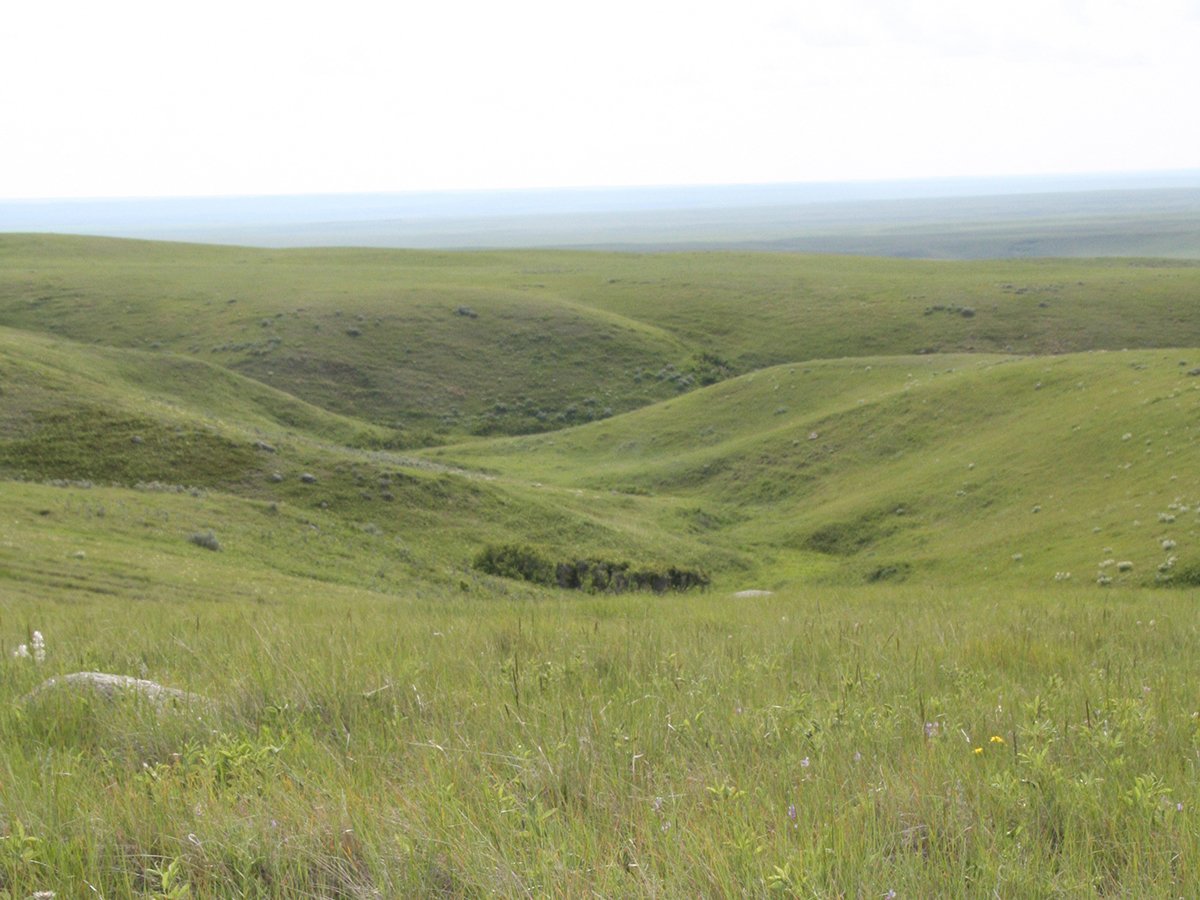KANSAS CITY, Mo.- For many post-menopausal women, estrogen supplements could be a life saver that staves off heart disease.
The leading cause of death for women in North America is heart disease. Breast cancer is tied with lung cancer as the number two killer of women. The Heart and Stroke Foundation says almost twice as many women as men died following a heart attack or stroke.
While doctors know estrogen slows the bone thinning damage of osteoporosis, research shows this hormone carries other health benefits.
Read Also

Alberta irrigation project on grasslands approved
Environmental concerns raised by Alberta conservation groups over irrigation expansion project within rural municipality
Linda Colle Gerrond, a Kansas City physician and director of the centre for women’s health at the Shawnee Mission Medical Centre, said estrogen can slow cardiovascular disease that leads to heart attacks, strokes and hardening of the arteries.
Gerrond spoke about research on cardiovascular health of women at the Association of National Cattlewomen’s meeting in Kansas City, Mo. Most of her work at the hospital is directed at prevention of heart disease.
Some women refuse to take estrogen because they fear the hormone will cause breast cancer. Gerrond said there is no data to show estrogen supplements cause cancer. However, women taking these hormones have to get an annual mammogram which detects cancer sooner.
Nevertheless, studies have shown about a third of women receiving prescriptions for estrogen never have them filled. Another group stops taking it within a year.
“Women will spend a third of life in post-menopause so we emphasize maintaining a good quality of life,” said Gerrond.
Her rule is to plan aggressive management of a patient with potential risks of heart attack 10 years earlier than the youngest heart disease victim in that person’s family. That is, if a blood relative had a stroke or heart attack at age 60, preventative care for the new patient should start at 50.
Begins when young
The fibrous plaque that clogs people’s arteries can start forming during the teenage years.
“It takes decades. You don’t wake up with hardness in your arteries.”
For women developing heart disease, the symptoms may differ from men’s experience, said Gerrond. While men complain of pains in the chest, back or jaw, women tend to experience fatigue when their hearts are struggling to work properly because of plaque buildup or angina.
Gerrond and her staff are alert to a number of heart disease risks.
They look at the patient’s age. Women over 55 and men over 45 could start to experience problems and should be tested for their cholesterol level.
Also at risk are younger women who experience premature meno-pause or those who lost their ovaries and weren’t given replacement estrogen.
Smokers are at risk. They tend to show clogging in their thigh arteries before coronary arteries are affected. People who quit smoking will achieve within two years the same health status as non-smokers.
“It’s harder to get women to quit smoking because they’re concerned they’ll gain weight,” she said.
Diabetics are another risk category. About 70 percent of diabetics succumb to heart disease including complications from high blood pressure. This disease is on the rise partly because people let their weight get out of control.
“Over half of us are 20 percent over our ideal body weight,” Gerrond said.

















